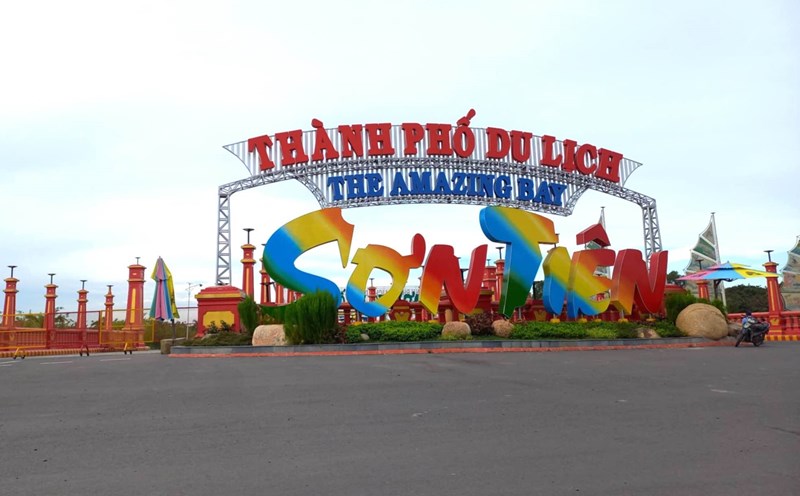Borderless travel experience
The COVID-19 pandemic has once paralyzed the global tourism industry. But it was also in that difficult time that VR technology proved its outstanding value. Museums, relic sites, and even national parks have quickly deployed virtual tours, giving visitors the experience of "going on a home tour".
Professor Sarah Toms, Director of the Center for Applied Technology at Wharton College of the University of Pennsylvania (USA), commented: VR helps break down barriers in geography, language and cost. A student in Africa can "visit" the Louvre in France, or explore the Egyptian pyramids with just a VR glasses".
According to a report from market research firm Grand View Research, the virtual reality tourism industry is expected to reach a value of 24 billion USD by 2030, with a growth rate of more than 30% per year. This shows that the need for remote experiences is constantly increasing, especially from the younger generation who love technology and explore.
Interactive entertainment
Not only in tourism, AR/VR technology is also exploding in the entertainment industry. Instead of just sitting watching movies or playing games, users can become a character in the story itself. Filmmakers and game developers are taking advantage of VR to bring audiences to a 360-degree setting where every perspective is vivid and interactive.
VR and AR technology is not just a beautiful image, says Dr Jonathan Freeman, digital psychologist at Goldsmiths University, London. They create emotions, involvement and cohesion. This is a core element that makes interactive entertainment more engaging than ever.
Challenges and opportunities
Although the potential is huge, VR and AR also face many challenges: the cost of the device is still high, some users may feel dizzy when using it for a long time, and not all content is optimal for the virtual reality experience.
However, with rapid development, developers are improving lighter equipment, cheaper prices and optimizing interactive content. Platforms such as Google Arts & Culture, YouTube VR or the British Museum's virtual museum application are clear evidence that technology is gradually integrating into everyday life.
In the near future, the vast world is not only out of the window, but also within reach. With VR and AR, users are not just audiences, but participants, a revolutionary change in the way people travel, entertain and connect with each other.











